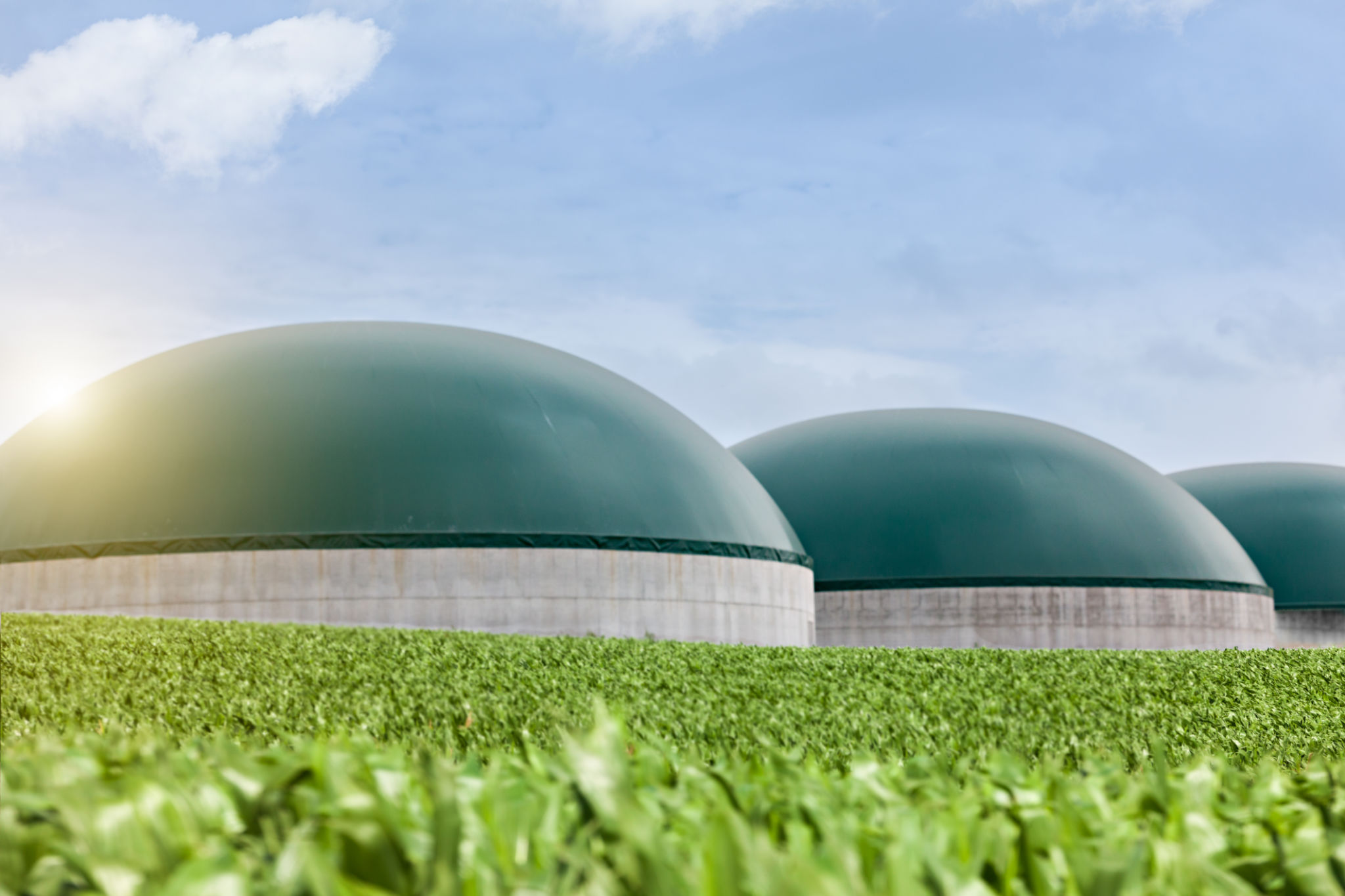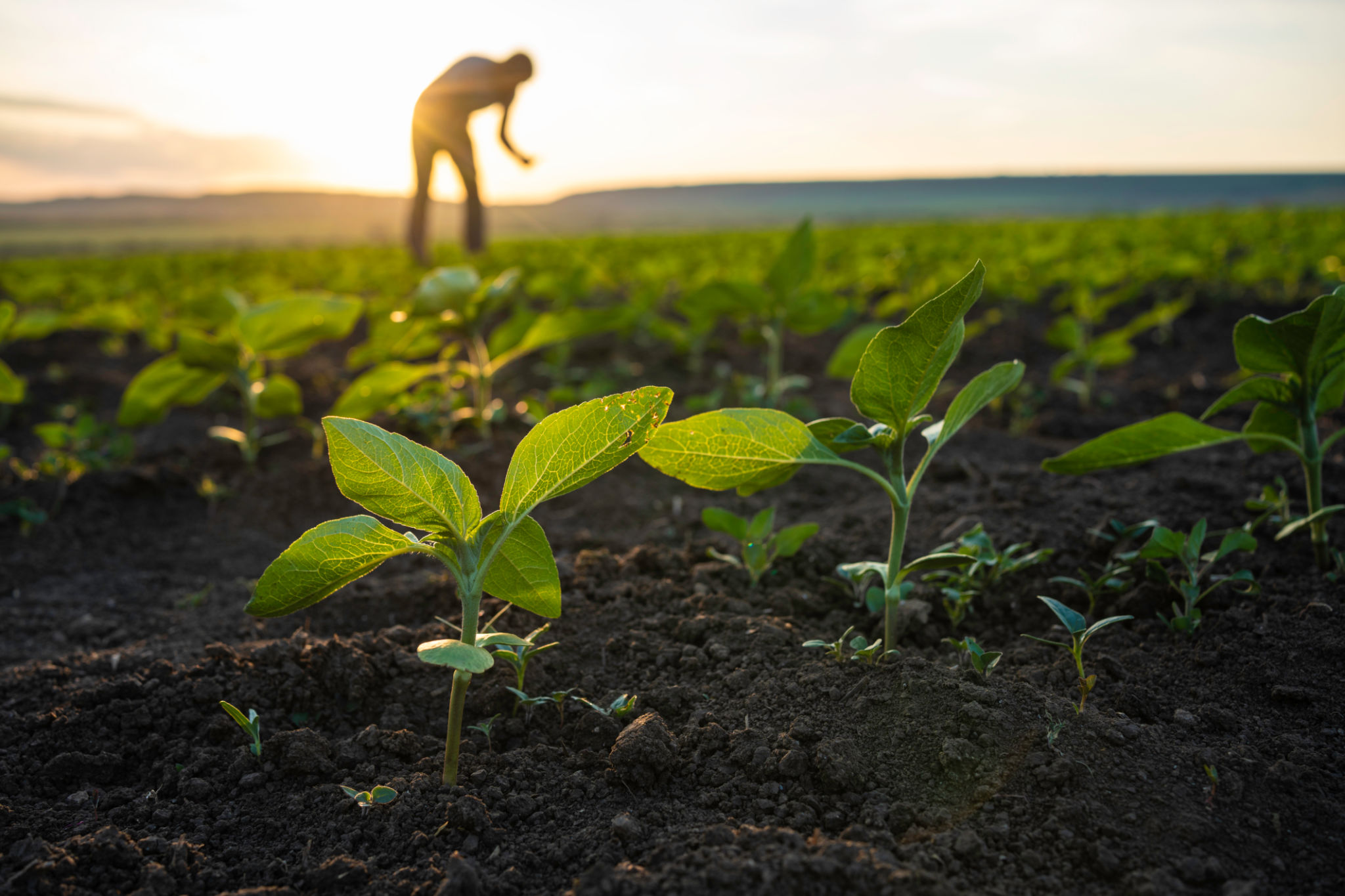The Benefits of Converting Feed Waste into Electricity and Heat
Understanding Feed Waste Conversion
As global demand for energy continues to rise, innovative solutions are necessary to ensure sustainable and environmentally friendly practices. One such solution is the **conversion of feed waste into electricity and heat**. This process not only helps in managing waste effectively but also contributes to energy generation, providing a dual benefit for both the environment and the economy.
Feed waste, often seen as an inevitable byproduct of agricultural activities, can be repurposed through anaerobic digestion or gasification. These processes break down organic matter, producing biogas that can be used for power generation. This approach not only reduces waste but also harnesses its potential as a renewable energy source.

The Process of Anaerobic Digestion
Anaerobic digestion is a biological process that involves the decomposition of organic materials by microorganisms in the absence of oxygen. This method is particularly effective for converting feed waste into biogas, which primarily consists of methane and carbon dioxide. The biogas can then be used to generate electricity and heat, offering a cleaner alternative to fossil fuels.
By employing anaerobic digestion, farms and agricultural businesses can transform their feed waste into valuable resources. This not only reduces greenhouse gas emissions but also minimizes reliance on non-renewable energy sources. Furthermore, the byproducts of this process, such as digestate, can be used as a nutrient-rich fertilizer, enhancing soil quality and agricultural productivity.
Advantages of Gasification
Gasification is another technique used to convert feed waste into energy. Unlike anaerobic digestion, gasification involves the thermal decomposition of organic material at high temperatures with limited oxygen supply. This process generates syngas, which is a mixture of hydrogen, carbon monoxide, and carbon dioxide, that can be utilized for electricity and heat production.

One of the key benefits of gasification is its ability to handle a wide variety of feedstocks, including those with low moisture content. This flexibility makes it an attractive option for diverse agricultural operations. Moreover, gasification results in lower levels of harmful emissions compared to traditional combustion methods, thereby contributing to a cleaner energy footprint.
Environmental and Economic Benefits
The conversion of feed waste into electricity and heat offers numerous environmental benefits. By reducing the amount of waste sent to landfills, it significantly cuts down on methane emissions—a potent greenhouse gas. Additionally, it conserves natural resources by providing an alternative to conventional energy sources.
Economically, this approach can lead to cost savings for agricultural businesses. By generating their own power from feed waste, farms can reduce their energy expenses and even sell excess energy back to the grid, creating an additional revenue stream. This not only supports the financial sustainability of agricultural operations but also promotes a circular economy.

Challenges and Considerations
While the benefits are substantial, there are challenges to consider when converting feed waste into energy. Initial setup costs for anaerobic digestion or gasification systems can be high, requiring significant investment and technical expertise. Additionally, ensuring a consistent supply of feed waste for processing is crucial for maintaining efficiency and output levels.
Despite these challenges, advancements in technology and increasing awareness of sustainable practices are driving the adoption of feed waste conversion systems. Government incentives and support can also play a critical role in encouraging more farms to invest in these technologies.
Conclusion
The transformation of feed waste into electricity and heat represents a promising step towards sustainable energy and waste management solutions. By embracing these technologies, we can reduce environmental impact, support agricultural economies, and pave the way for a more sustainable future. As we continue to innovate and improve these processes, the potential for widespread adoption grows, offering hope for a cleaner and greener planet.
